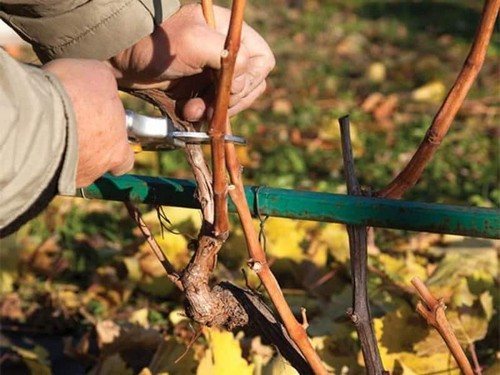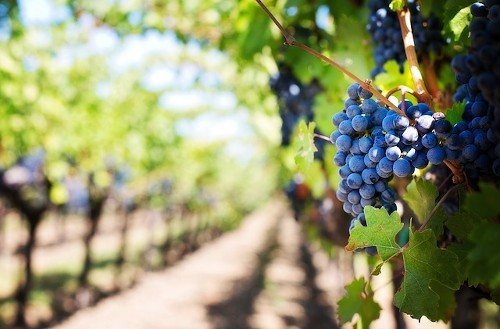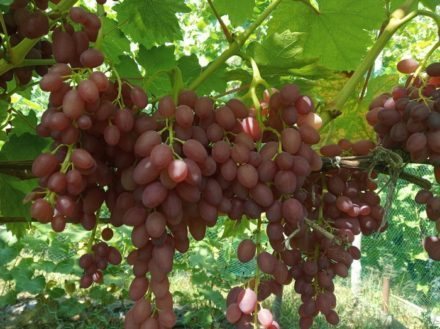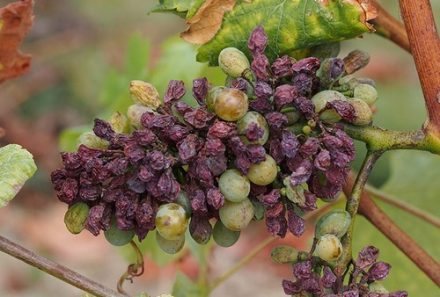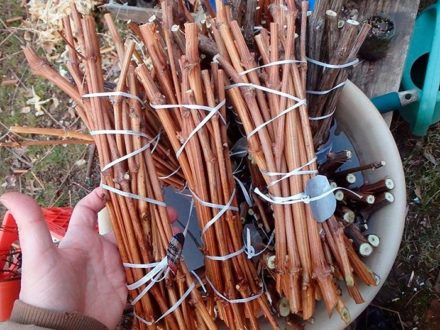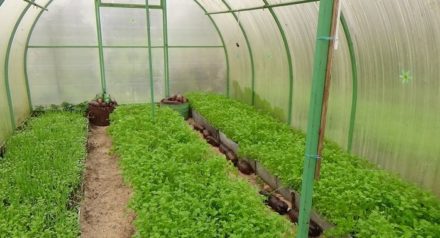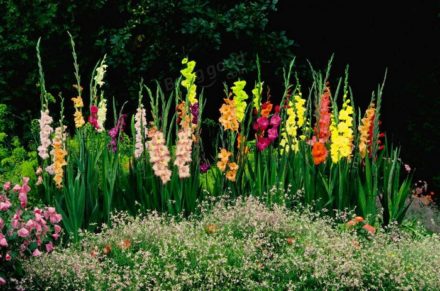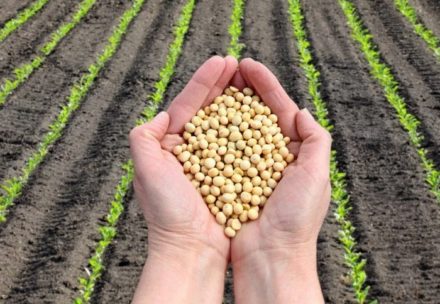Feeding grapes in the autumn is an important stage in the development of the crop. The grapes will prepare for winter. Spring awakening will be active, and its readiness for fruiting will be high. It all depends on the fertilizers chosen, which will provide the soil with the necessary substances.
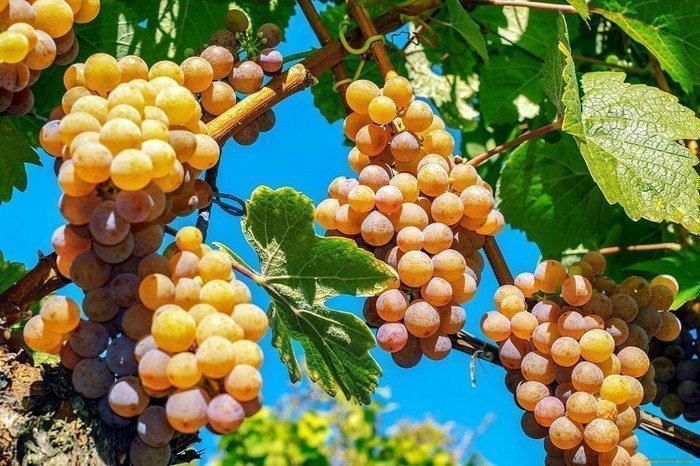
Timing of autumn feeding
In early September, ash, superphosphate and compounds rich in zinc, manganese, and iron are used.
The time for the second feeding is the beginning of October. During this period, fertilizers saturated with potassium and manganese (rotted organic matter) predominate.
These terms are conditional. They depend on the region where the grapes grow, the type of soil, the age of the plant, and other parameters.
Autumn feeding rules
Gardeners never tire of repeating that the main rule of autumn feeding is a sense of proportion. More often than not, too little fertilizer is less harmful than too much.
In addition, you should strictly observe the dosage of elements when preparing mixtures yourself. It is also important to follow the instructions for using ready-made fertilizers for grapes.
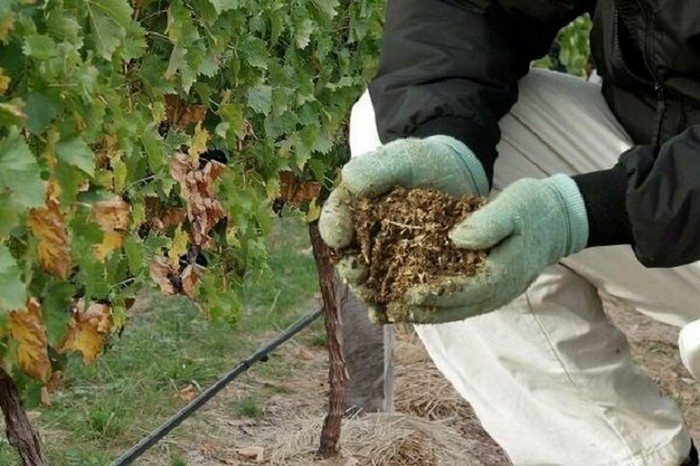
Set of rules:
- Fertilizing is carried out with both dry and liquid fertilizers.
- To apply fertilizers, grooves 0.5-0.8 m wide and 0.25-0.5 m deep are dug around the vine. This method will speed up the delivery of nutrients to the root system. It will also protect the grape bush from possible burns.
- After applying fertilizer, the soil around the vine is dug up and then watered.If grooves were used, they are covered with earth and watered.
- Organic matter is added to young bushes with the addition of mineral fertilizers. Old ones require mainly mineral compounds containing phosphorus, potassium and calcium. Such mixtures will strengthen the grape bush. The winter will pass calmly, without damage.
- Formulations with a large volume of nitrogen are not recommended. Nitrogen stimulates shoot growth. Therefore, the grape bush will not be able to prepare for the winter season.
- Fertilizers are applied to moist soil. Or the soil is watered after the procedure.
- Fresh manure is not welcome. When rotting, methane and ammonia are released, which is harmful to the crop.
- Infusions for feeding are prepared using water without chlorine. The element is harmful to grape bushes.
- In the fall, when preparing foliar irrigation, familiarize yourself with the weather forecast in advance. The work will be in vain if the rain washes away the fertilizer.
Autumn feeding ends with mulching. Organic and inorganic mulch is used.
Organic fertilizers
The best option for autumn fertilizer is wood ash. It does not contain nitrogen-containing components. The ash contains only phosphorus, potassium and other trace elements.
Preparation of fertilizer from ash:
- 300 g of starting material is poured into a bucket of water;
- with regular stirring, the composition is infused for 7 days;
- a trench 10 cm deep is dug around the bush;
- 5 liters of the prepared composition is poured into the trench;
- the groove is covered with earth.
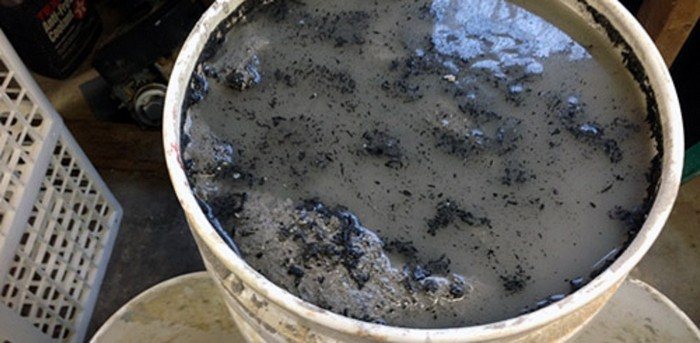
The effect will be the same if you add ash under the bush at the rate of: per 1 sq. m - 100 g of product.
Preparation of bird droppings:
- the dry mixture of the substance is combined with water in a ratio of 1 to 4;
- the composition is infused for 10 days;
- then diluted with water in a ratio of 1 to 10;
- 0.5 l of the solution is poured under the bush.
When watering, it is forbidden to irrigate the leaves and the soil around the trunk. The soil is moistened twice - before and after feeding.
Complex mineral fertilizer
During wintering, grapes spend a lot of strength and energy to withstand the cold and emerge victorious. To build up immunity in the fall, potassium-phosphorus fertilizers with the addition of zinc and boron are applied.
The following ingredients are combined:
- superphosphate - 25 g;
- potassium salt - 10 g;
- orthoboric acid - 1 g;
- zinc sulfate - 2 g.
The resulting granulated mixture is added to a bucket of water. After mixing, the solution is distributed along the furrows around the vine. The dry mixture can be scattered around the trunk circle. Then loosen the soil and water the plant.
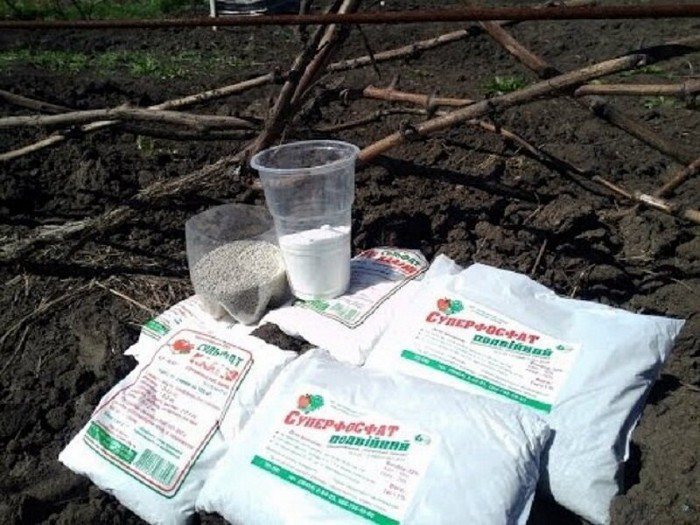
Foliar irrigation
Mixtures of superphosphate with other microelements are effective in foliar feeding.
Grape cuttings in autumn: 5 tips to avoid mistakes
superphosphate - 5 g;
- water - 10 l;
- manganese - 0.2 g;
- zinc sulfur - 1 g;
- borax - 2 g;
- acidified iron - 5 g.
- The main ingredient is dissolved in water. Then the liquid is separated from the sediment and the remaining microelements are added to it.
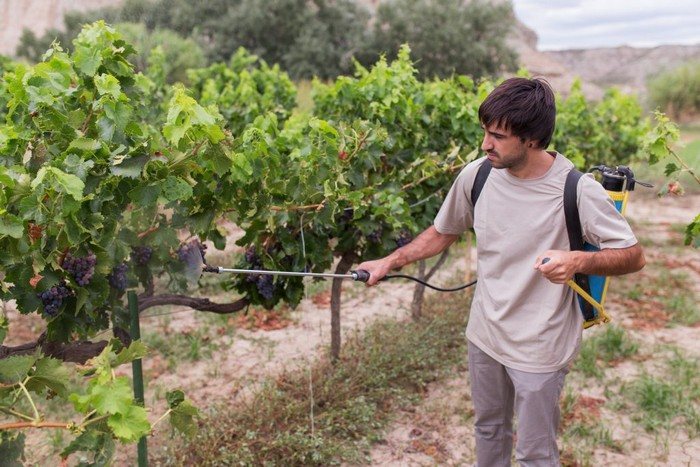
The resulting nutrient composition is used to irrigate the vine.
How the plant will survive the winter and enter the spring season directly depends on the autumn feeding. And subsequent care will affect fruiting.
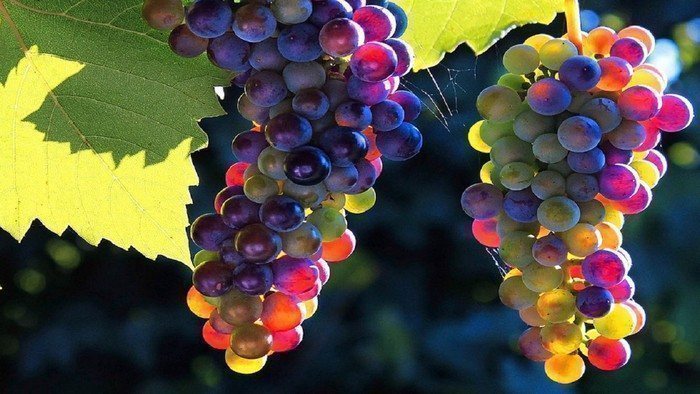
I like


